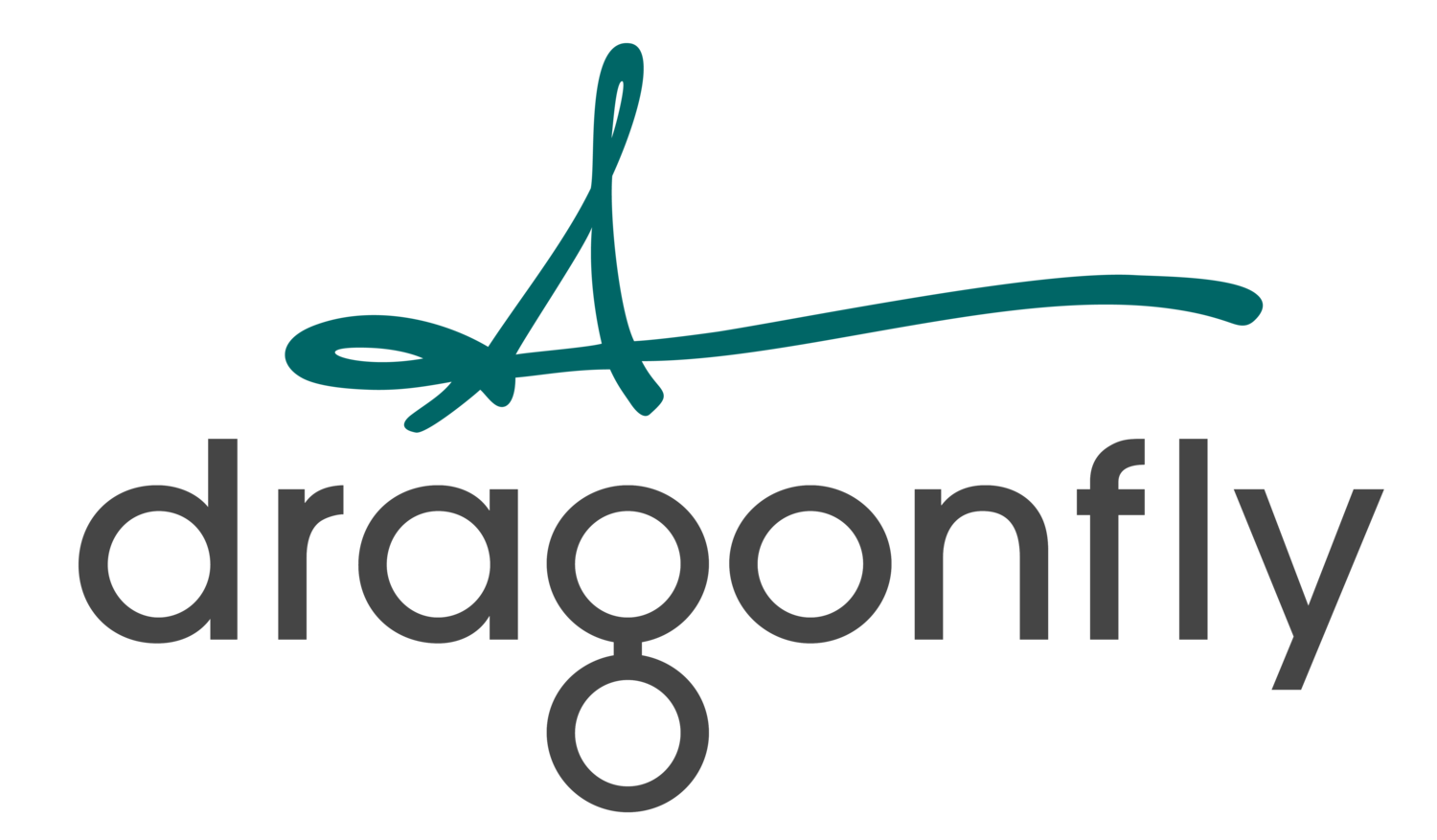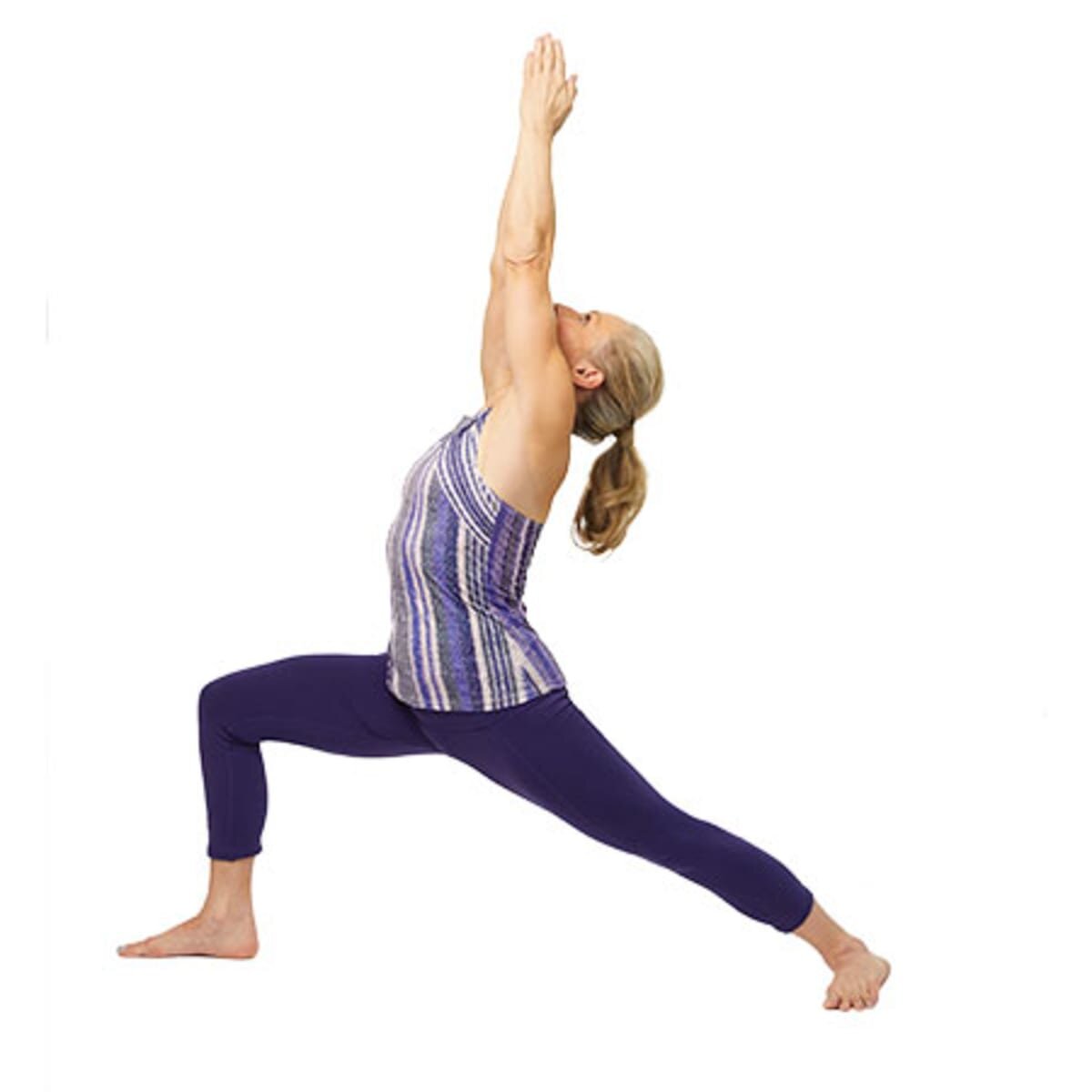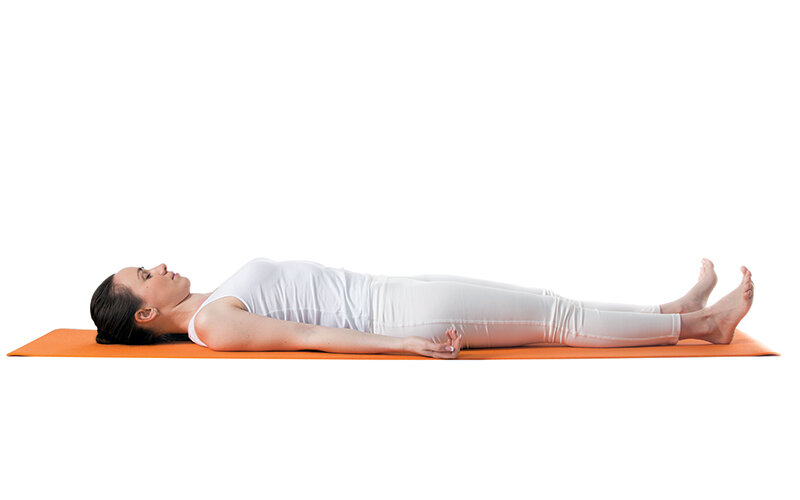How to practice yoga when you have no time…..
Consistency is key with yoga, and one of the best ways to skill-up your yoga practice is to build in key poses into your daily routine.
Some days, we’re busier than others - and even with the best intentions, somewhere between the morning coffee, the nine o’clock meeting, the school run, and the mad dash for the train (or the mad boot-up of your laptop at 8:59, if you’re working from home), that forty-five minute slot we had planned for our morning Vinyasa Flow session gets completely lost.
So when you don’t have time for a full session, but you still want a little time and space to be present on your mat, why not have some go-to poses up your sleeve?
Here are some of our favourite poses, which strike the balance between building core strength, improving flexibility, and balancing the mind. As always, we prefer to start the day right with these poses as soon as we wake up in the mornings - but some prefer to switch this up and have an evening yoga session instead.
Whichever way is best for you, by practising these simple poses at least once a day, you’ll soon be on the path to developing better balance in your Muscle, Movement and Mood.
Pose 1: Downward Dog
A staple, and one of the best poses to start the day with. Downward Dog is an inversion, meaning the head is below the heart in this position - which changes up the direction of blood flow. Increased blood flow to the head stimulates the mind, and kicks the brain into action.Downward Dog will also help you develop flexibility - try pedalling your feet to really work the stretch into your calf muscles.
Our top tip? Spread the fingers wide, and keep the whole palm of your hand pressed to the floor to send the hips up and away from you.
Pose 2: Pigeon Pose
Pigeon pose is another of our everyday favourites - it’s a seriously effective hip opener and will do wonders for tight glutes. Start in Downward Dog, then raise one leg up and back, before sweeping it directly underneath the chest, with the knee bent beneath your rib cage. You may wish to stay upright at first, then slowly sink the chest towards the bent knee you have underneath your body. For an extra challenge, try gradually sinking all the way down so that your forehead rests on the floor. Stay here for at least two minutes, then repeat with the other leg in front.
This is a slow and steady pose - never rush into it, and make sure your limbs are sufficiently warm from the Downward Dog position first. As well as strengthening the elasticity in the muscles, you’ll also feel a really release of trapped energy and tension - a great endorphin booster.
Pose 3: Forward Fold
After coming back to Downward Dog following your Pigeon Pose on both sides, walk your hands back towards your feet. Once you’ve got your weight firmly back on two feet, remain hanging forward. Sway side to side a little, to stretch out both sides of your waist - you can either keep the hands hand loose, or gently fold the arms. After about one minute, slowly begin to roll the body upward - imagine you are stacking each vertebrae of your spine, one-by-one, until you reach a full standing position. Roll the shoulders back, and let the hands hang loosely at your sides, with your knees soft.
This is a great pose to remind you of your spine alignment - take notice of any points as you roll upward where you wobble slightly, as this can indicate a tendency to lean your weight more on one side than the other. Try to come up as evenly and slowly as you can - control is key for getting the full benefits of this pose.
Breathe through the pose - we often like to take a deep breath in, then breathe out while we roll upward.
Pose 4: Warrior I
Once standing, step into a lunge, keeping your back leg straight and if you can, your back heel remaining flat on the ground. Take the arms up to reach towards the sky and hold, imagining you are stretching further and further upward. To keep the shoulders and neck in line, it can often help to visualise a piece of silk extended from the crown of your head - like a puppet string - pulling you gently up. Hold this position for a minute, then step the feet together and repeat the pose on the other side.
Warrior I is a great pose for stimulating the blood flow and building core strength. Keeping as still as possible is the challenge here. It’s also a great place to set your intentions of the day from - let your heart smile outward as you take stock of your goals for the day.
Pose 5:’Corpse’ Pose, or Savasana
Finally, come back down to lie on your back, with your palms facing upward and your knees relaxed. You could put a cushion, blanket or yoga block beneath your knees or beneath the small of the back for support here.
You have stimulated the movement in the body, and begun to consider your intentions for the day. Savasana is that space in which you can consolidate these intentions - it’s the peace and the quiet before the business of the day begins. Allow yourself ten minutes in this pose - and if you often find you struggle to give time for being still, as many of us do in our busy lives, try to see this time as an an investment: to reflect, to listen to your thoughts and your emotions and be aware of your emotional state, to allow ideas and creativity to be renewed - which will only mean you are able to use your time in the day more efficiently. If you invest
this ten minutes now, you’ll save three, four, or five times the minutes later in the day through being more intent on your personal goals, more grateful for what you have already achieved.
We love to double-up Savasana pose with a ten minute guided meditation - try our guided Meditation For Building Trust, or have a look at the meditations available on apps like Calm or Headspace.
What next?
Try to dedicate fifteen minutes for practising these poses, each day. Our top tip? Try to do the poses in the same order each day - this will create a failsafe routine that you can fall back on when times get busy, that’s committed to your muscle memory. Building muscle memory helps the body to carry on the process of strengthening the muscles all on its own - keeping you fit for life. Repeating the poses in the same order will also help you spot and track changes to your strength and comfort each day, as you move through each pose.
And on those days when you do have the time to give yourself more space to practise, why not take a look at our timetable? We have a range of online and in-studio classes, which will help you build your repertoire of poses.









